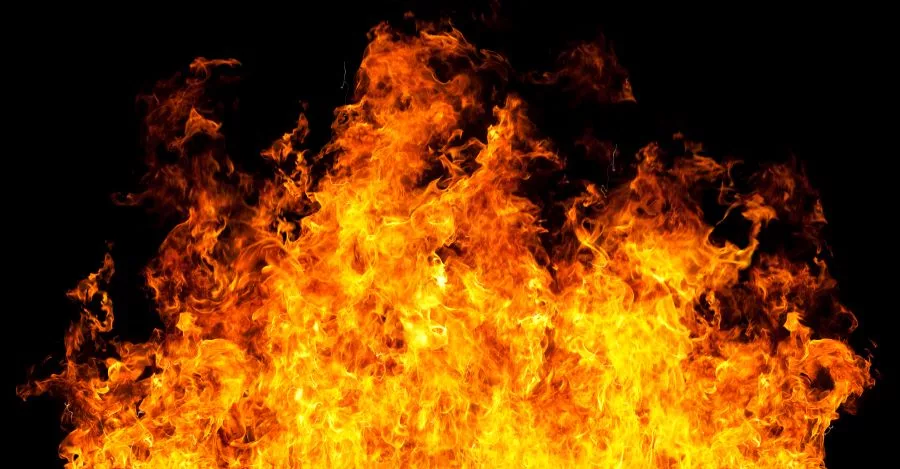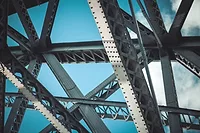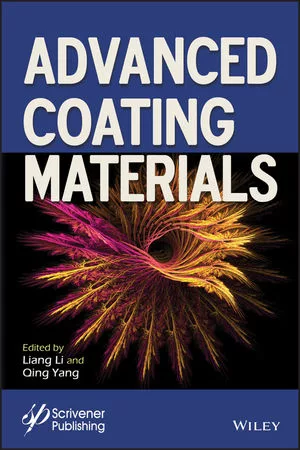Considerations When Specifying an Intumescent Coating System

Fire is a devastating force. It grows quickly, reaches peak temperatures very quickly and can cause structures to become unstable, making fire-fighting efforts difficult. As a result, technologies have come to market in the last several decades aimed at reducing the effects flame and heat have on all types of structural elements.
Intumescent products are typically used in passive fire protection to delay the collapse of a structure, which can occur if load-bearing elements reach a critical temperature due to prolonged exposure. The elements requiring protection are generally the steel, the concrete or the timber of a building/built-structure. While there are multiple factors to consider, for steel the critical temperature is approximately 750 °C.
For concrete, critical state is connected to the critical temperature of the reinforcing bars (ordinarily this ranges from 350 °C to 500 °C) and delaying reaching a temperature of 500 °C inside the concrete element.
Lastly, we come to timber, a product that for thousands of years humans have used to fuel fires and simultaneously used as a construction element. Wood’s critical state is connected to the residual section that remains undamaged after exposure and how much structural strength this retains.
When it comes to intumescents for offices, apartments and commercial spaces in general (not industrial buildings) fire rating requirements range from 30 minutes to 120 minutes, with the area and element being protected subject to a number of factors often set by local building codes.
The article covers how to select the correct intumescent coating systems to use in different areas of the building and why you rarely will have a “one size fits all” solution.
Environment
Environmental conditions are quite possibly the most critical components to consider with regards to choosing the right intumescent paint specification. Internal conditions are altogether different to external ones, meaning the requirements that need to be met, vary considerably if it is inside or out. Take for example the fact that while intumescents provide fire protection, they are not suitable as coatings for corrosion, thus meaning an anti-corrosion topcoat is always required for extreme/severe environments.
However, saying that all external environments are the same is akin to saying all steel is the same: It is just not true. Exposure to direct rain is different to a covered external environment is different to a salty environment and, well you get the picture.
It is these parameters that then need to be considered against the various classifications as noted in the standard AS 2312.1. Then to complicate matters, not only do you need to consider where the steel is located, and the impact on the corrosive classification, but you also need to consider the structural member size and required fire-resistant level, steel surface preparation requirements, and lastly, the finish level requirements.
In summary therefore, a well-executed specification ought to ideally incorporate:
- Corrosivity category;
- Required fire resistance level;
- Steel surface preparation requirements; and
- Finish level requirement.
What you may not know is the European Organization for Technical Assessment has developed European Technical Approval Guides (ETAGs), which provide a list of use categories that can be useful to use when determining which intumescent paint to use (according to ETAG 018):
- Intended for all conditions (internal, semi-exposed and exposed), type X: Reactive coating system.
- Type Y: Reactive coating system intended for internal and semi-exposed conditions. It provides for temperatures below zero, but no exposure to rain and limited exposure to UV (ultraviolet) (which is not assessed).
- Intended for internal conditions (excluding temperatures below zero) with high humidity, type Z1: Reactive coating system.
- Type Z2: Reactive coating system made for internal conditions (excluding temperatures below zero) with humidity classes other than Z1.
Where allowance is made for a compatible topcoat (dependent on the weather conditions), intumescent paints, specifically, thin-film intumescents, can also be applied in high-humidity, semi-exposed or exposed conditions.
The main chemical families of topcoats used for environmental protection are:
- Two-component polyurethane top coat;
- Two-component acrylic polyurethane;
- Copolymer acrylic;
- Polyurethane;
- Acrylic PU;
- Epoxy;
- Urethane alkyd.
Corrosion Control and Protective Coating
Most steel (galvanized aside) is highly reactive to the elements – and we are not talking just rain, but even dew. As such, the time taken between the steel being primed and application of the thin-film intumescent needs to be considered, irrespective of whether the coating is applied on-site or off-site. Our advice is this: When specifying or applying fire-rated coatings, ensure you account for the prevailing humidity and temperature in the vicinity of the steel during construction.
Intumescent System Finishes
When it comes to exposed steelwork that requires fire protection, there is every chance the designers or architects intend for the steel to be coated with an aesthetic finish. There are three different finishes that can be considered:
- A standard finish (which is seemingly coarse);
- A commercial finish (relatively smooth with only minor orange peel effect); and
- An architectural finish (elevated quality of evenness, smoothness and gloss when seen from a distance of 2 meters or more).
Each of these require a different application approach and similarly different types of coatings. An architectural finish will require more time, which should be factored into the project timeline.
But more importantly, the top coat chosen must be compatible with the intumescent underneath. Failure to ensure compatibility will potentially affect the efficacy of the thin-film coating and will lead to your project failing to achieve the required compliance certificates.
Warranty
Warranties are generally project based and vary from the case to case. If the product is properly installed and does not deviate from the written instructions and specifications of the manufacturer, a warranty will generally cover the repair or replacement of a defectively manufactured product, including the reasonable cost of labor and materials to repair or replace a defectively manufactured product. The warranty could be expressly limited by and pursuant specific terms and conditions set forth.
They take into consideration variables such as:
- Exposure; basically, the environment (external/internal);
- Corrosivity category; steel surface condition (e.g., C1, C3, C4);
- Steel preparation (Primed or unprimed steel, galvanized);
- Top seal (quality of the top seal);
- Maintenance schedule (accessibility and frequency); and
- The traffic involved.
Ultimately, what we are suggesting is there are multiple factors that need to be considered when specifying an intumescent coating system. It can be difficult to determine exactly what to consider, but we have a number of experts on staff who can help. For more information about choosing an intumescent system for your steelwork needs, visit www.permax.com.au/.
Looking for a reprint of this article?
From high-res PDFs to custom plaques, order your copy today!






